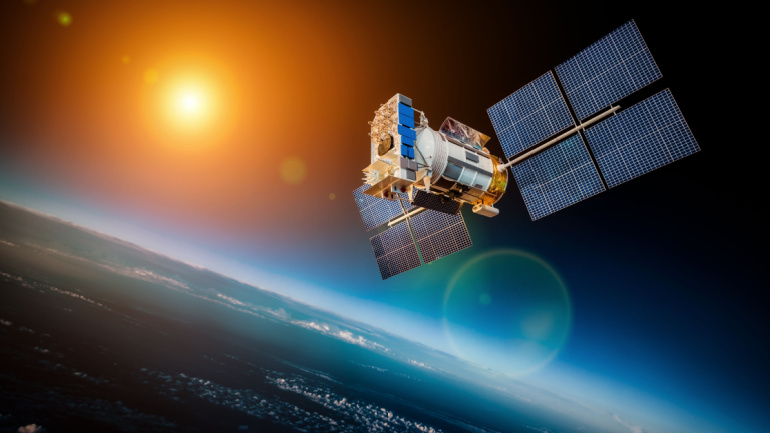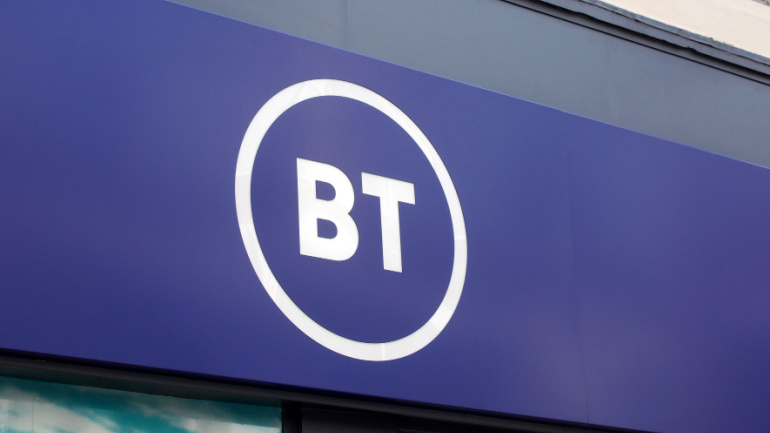MetTel’s new role as a Starlink Authorized Reseller enhances connectivity with low-Earth orbit satellites. This partnership expands voice over IP accessibility, ensuring high-speed, low-latency communications.
Starlink’s temporary FCC approval for direct-to-device services highlights the vital role of VoIP technology during emergencies. By partnering with T-Mobile, Starlink enables emergency alerts via satellite in hurricane-stricken North Carolina, offering free internet for 30 days.
Air France has teamed up with Starlink, a subsidiary of SpaceX, to offer high-speed VoIP-enabled WiFi onboard its fleet by 2025. This new technology aims to provide passengers with seamless connectivity, allowing multiple devices to connect simultaneously.
Starlink has expanded its satellite backhaul services to over 100 rural base stations of Africa Mobile Networks in Nigeria, enhancing connectivity in remote areas. Since their 2023 agreement, traffic surged 45% across connected sites. Leveraging Low Earth Orbit (LEO) satellites, AMN effectively boosts base station capacity, transforming local communities with improved mobile access.
Shanghai Spacecom Satellite Technology (SSST) is set to launch its first batch of satellites, challenging SpaceX’s Starlink. This launch, part of China’s G60 Starlink Plan, aims to deploy 15,000 low Earth orbit satellites by 2030, marking a significant step in China’s strategic competition with the United States.
Indonesia is poised to welcome SpaceX’s Starlink LEO satellite broadband service within the next two weeks, announced Luhut Binsar Pandjaitan, the coordinating minister for Maritime Affairs and Investment. According to government sources, Starlink has secured the necessary agreement and license from Indonesian authorities to commence satellite internet operations.
Singtel ramps up its maritime digital services by integrating the innovative satellite technology from Starlink. This breakthrough aims to inspire ship operators into adopting digital solutions such as AI, 5G, edge computing, and cloud-based technologies for improved operational efficiency and safety measures. Starlink, a first-of-its-kind low Earth orbit broadband service included in Singtel’s comprehensive iSHIP offerings, offers enhanced connectivity and reduced latency.
BT’s recent talks with SpaceX to leverage Starlink’s LEO satellite fleet for remote connectivity in the UK has sparked curiosity, especially given BT’s current partnership with OneWeb, Starlink’s competition. It’s speculated that Starlink’s innovative direct-to-device capabilities, which promise unblemished global coverage without a need for a terminal, could be the allure.
In a groundbreaking collaboration, T-Mobile US and SpaceX are gearing up for the field testing of Starlink satellites, heralding a significant stride in eliminating mobile coverage dead zones. While the exact date for the commencement of field testing remains undisclosed, T-Mobile is optimistic about its imminent initiation, stating that the low-Earth orbit deployment of satellites sets the stage for the forthcoming trials.
In a strategic move to gain a foothold in India’s expanding telecommunications market, Elon Musk’s satellite communications constellation, Starlink, is reportedly considering a stake in Vodafone Idea (Vi). As of 2024, Starlink boasts a constellation of over 5,500 low Earth orbit (LEO) satellites, providing commercial services in more than 60 countries to approximately 1.5 million subscribers.













